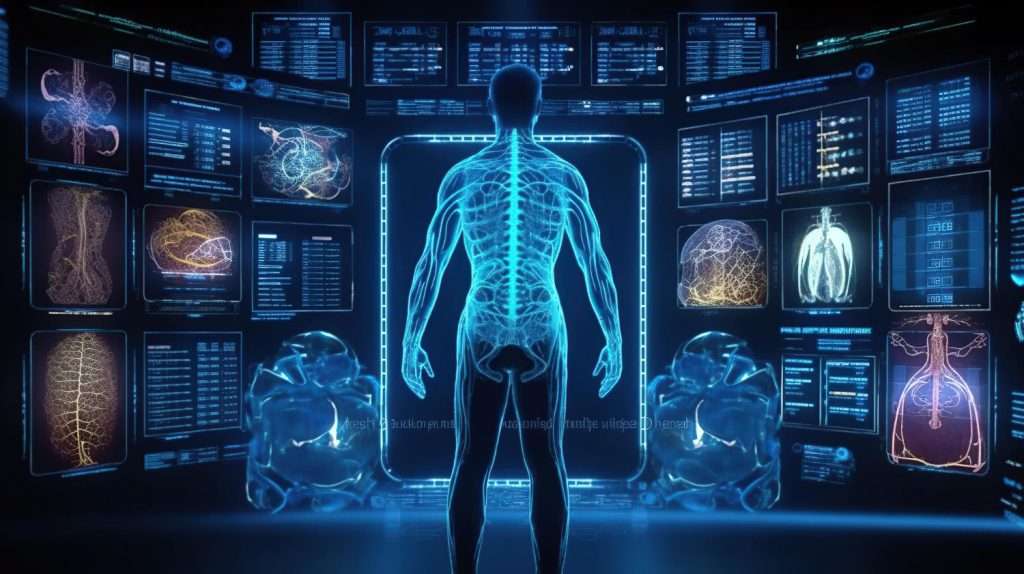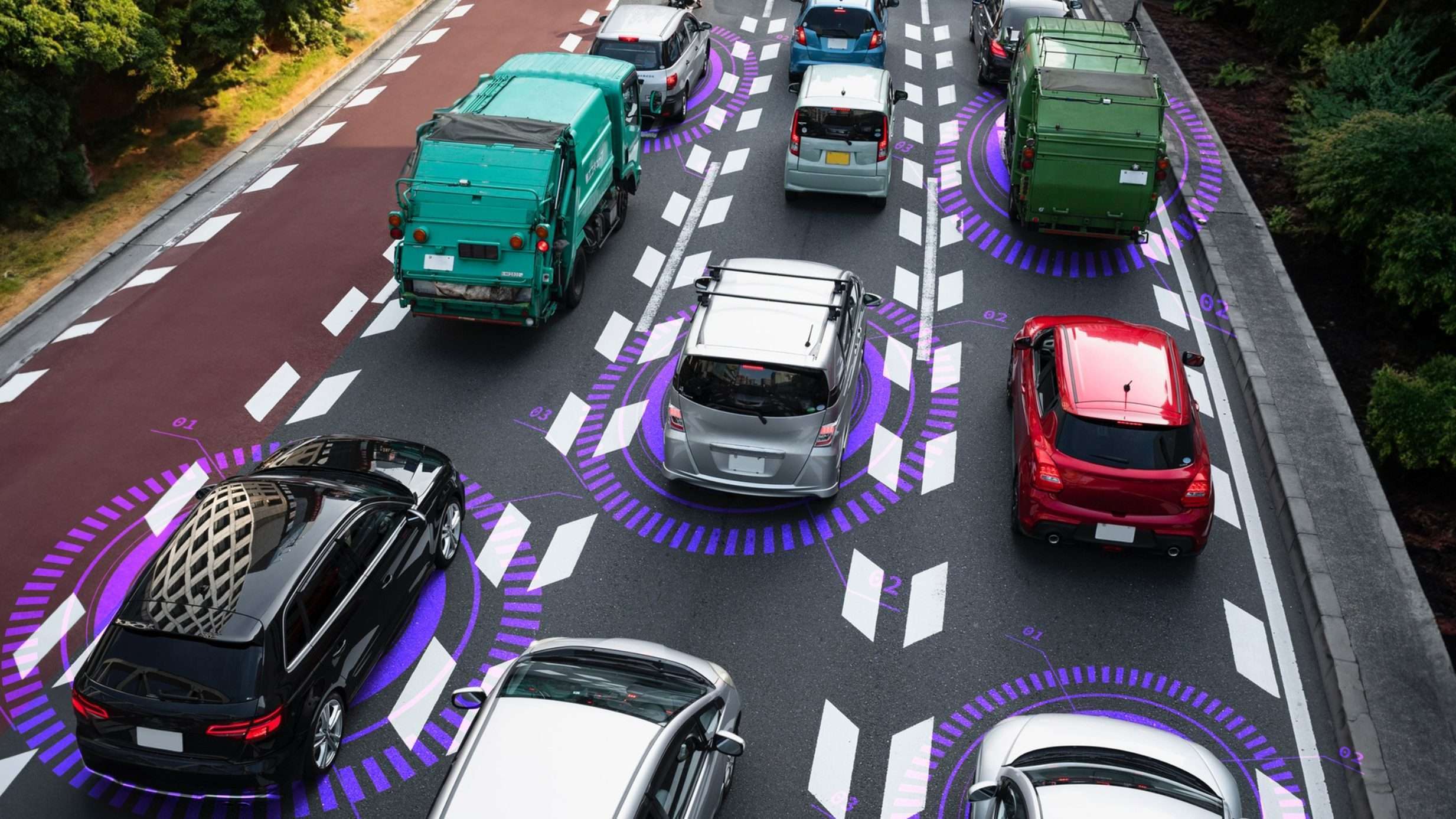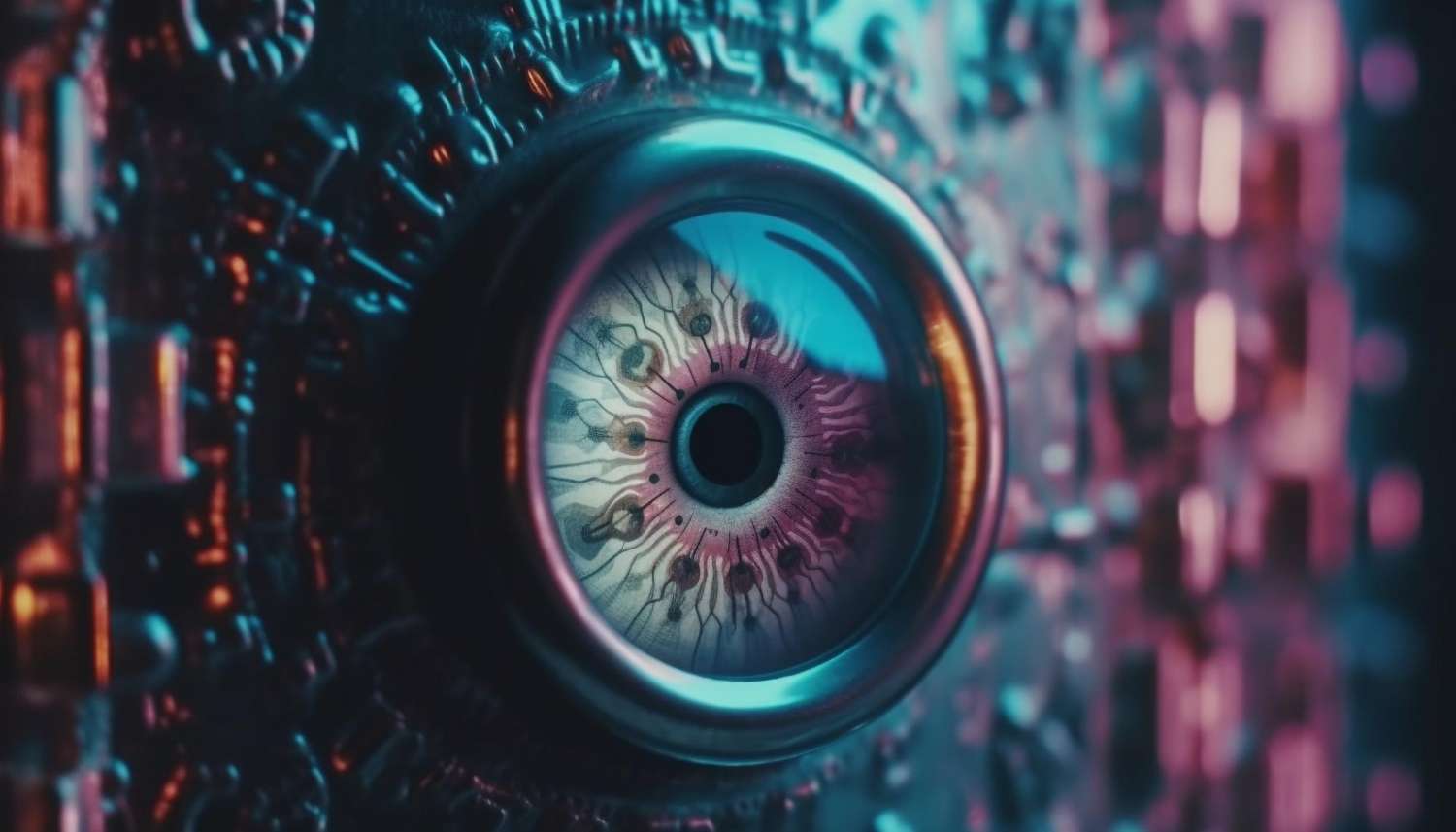Understanding Vision Transformer (ViT) in Generative AI is crucial in today’s image-driven digital world. Mastering this technology is a game changer for businesses, streamlining automation and enhancing content creation.
By diving into the circuits of Vision Transformer, this entry will lay a foundation for harnessing the power of Generative AI for vision-based tasks. Whether in start-ups or mature businesses, the translation of visual data into actionable insights accelerates growth and innovation. By the end of this reading, you’ll understand how ViT assessments revolutionize operations, ensuring effective outcomes.
Summary
- Origins and Conceptual Overview of the Vision Transformer (ViT)
- How Vision Transformer Works
- Vision Transformer in Generative AI
- Real-world Application and Utilization of Vision Transformer
Origins and Conceptual Overview of the Vision Transformer (ViT)
An integral part of understanding a concept is tracing its origins. ViT represents a paradigm shift from convolutional networks, offering a reliable strategy for image classification with a significant reduction in computational resources during the training phase.
Traditional AI and Image Analysis
The traditional approach for image recognition in AI relied heavily on Convolutional Neural Networks (CNNs). CNNs apply ‘filters’ across an image sequentially, identifying and learning features as it moves. These features can range from simple color patches to complex shapes across various image dimensions. For instance, in classifying a car image, a CNN learns to identify wheels, windows, car shapes, etc., which eventually leads to a more granular classification.
Consider the car inspection line in an automobile factory. A CNN-based Quality Assurance system might analyze images of all the assembled cars, identifying faulty vehicles by learning the visual norms of a correctly assembled car. Over time, the system can recognize everything from mere color discrepancies to more significant structural defects.
Convolutional Networks Vs. Vision Transformers
Despite the efficiency of Convolutional Networks, they face limitations, especially in detecting intricate patterns across diverse images. While CNNs process data in a grid, Transformers, first introduced in the 2017 paper titled “Attention is All You Need” for text tasks, treat data as sequences, rendering them versatile and adaptable.
CNNs thrive in spatially located image analysis, utilizing relative pixel locations, while Transformers excel in extracting relationships from sequential data, where the data’s position is critical.

The Birth of Vision Transformers
The merging of images with transformers resulted in the birth of what we now know as Vision Transformers (ViT). In a paper titled “An Image is Worth 16×16 Words: Transformers for Image Recognition at Scale” by Google Research, the matrix decoder concept from transformers was applied to images, proposing a novel way of image classification.
This method entailed splitting an image into fixed-size patches and processing the sequence of vectors through a standard Transformer encoder.
Think of it as processing a book by its chapters. Previously, a disconnected chapter (like CNN processing disjointed parts of an image) could lose context. Now, with Vision Transformers, a more comprehensive and cohesive understanding of the overall narrative is possible.
How Vision Transformer Works
Image to Sequence Conversion
The critical starting point in the Vision Transformer process involves converting an image into a series of manageable sequences. Each image is divided into fixed-size patches, similar to breaking down a complex problem into manageable parts. The individual parts are then linearly embedded, and position embeddings are added. The eventual sequence of vectors then undergoes processing through a standard Transformer encoder.
Imagine cutting a tiered cake into slices. Dividing the cake (image) into slices (patches) reveals its structure and ingredient proportions (patch information), aiding in replicating similar cakes or recognizing various cakes, illustrating the purpose of Vision Transformers.
Applications of Vision Transformers
ViT has proved to be a game-changer, generating astonishing results in image classification tasks, usually outperforming the state-of-the-art convolutional networks. However, it does have one limitation: it requires large datasets to approach or beat the results produced by CNNs.
For smaller datasets, the ViT model first pretrains on a larger dataset, then fine-tunes on the smaller one, similar to studying a broader subject before specializing in a niche topic.
Vision Transformer in Generative AI
Let’s dive into how Vision Transformer finds its place in the universe of Generative AI, adding more power to automatic content creation and data-driven decisions in businesses of all sizes.
Generative AI primarily deals with systems that generate new content from the learned data. When it comes to image classification and generation tasks, ViT proves pivotal. Combining the visionary prowess of ViT with the creative ability of Generative AI presents enormous possibilities for practical applications, including AI-based content creation and data interpretation.
Consider a digital marketing agency creating ad banners. Using ViT-powered Generative AI, the system can generate numerous banners by learning from a vast set of successful examples. These AI-generated banners can be tailored to each client’s needs, streamlining creativity and minimizing reliance on human designers.
Benefits of ViT in Generative AI
The inclusion of Vision Transformers in Generative AI has several advantages. For one, businesses get to streamline content creation and automate repetitive tasks, create more accurate and personalized content, and streamline data-driven decision-making processes.
Consider a company developing an AI-powered security system. By training their system with millions of past security footage and noted incidents, the Generative AI model, powered by ViT, can generate predictive patterns for potential security breaches. This provides an additional shield of prediction over prevention, enabling quicker, more proactive responses to security threats.
Real-world Application and Utilization of Vision Transformer
The potential of Vision Transformer (ViT) extends beyond theoretical exploration, establishing a firm footing with tangible impacts on various industries. Let’s explore some realized potentials and the significance of adopting ViT in business.
ViT in Medical Imaging
Medical imaging is a field where ViT has marked impressive benefits. Medical diagnosis heavily relies on accurate image interpretation. By employing ViT in models that interpret medical images, the time and resources spent on manual interpretation decrease significantly, allowing for quicker, more efficient diagnosis at scale.
The application of ViT in diagnosing diseases like cancer has shown remarkable advancements. In a recent study, AI accurately diagnosed skin cancer from an extensive collection of skin lesion images. ViT’s capacity to identify patterns in millions of images enables earlier and more precise diagnoses, showcasing AI’s substantial impact in healthcare.

ViT in Autonomous Vehicles
Another sector where ViT can significantly contribute is autonomous driving. The ability of autonomous vehicles to ‘see‘ and ‘understand‘ their surrounding environment is vital for their safe functioning, an area where efficient image classification plays a major role.
An autonomous vehicle with ViT capabilities can analyze and understand traffic signs, road conditions, pedestrian movement, and other vehicles better and faster. For example, Waymo, an autonomous driving technology company, utilizes deep learning techniques, which could be boosted further with Vision Transformers, to teach their cars to drive, increasing efficiency and safety.

Conclusion
The emergence of Vision Transformers marks a promising stride in image classification and Generative AI. Grasping ViT’s intricate mechanics and application enables businesses of all sizes and industries to devise effective solutions for challenges related to automated content creation, data analysis, and decision-making.
ViT’s impact ranges from theory to real-world applications, spanning diverse fields like medical imaging and autonomous navigation, shaping our future. By simplifying complex problems, particularly in Generative AI, Vision Transformers empower businesses to innovate effectively.
- The Agentic Startup Manifesto - June 8, 2025
- Remote Hiring in 2025 - April 5, 2025
- Burnout in Remote Teams: How It’s Draining Your Profits - January 27, 2025
